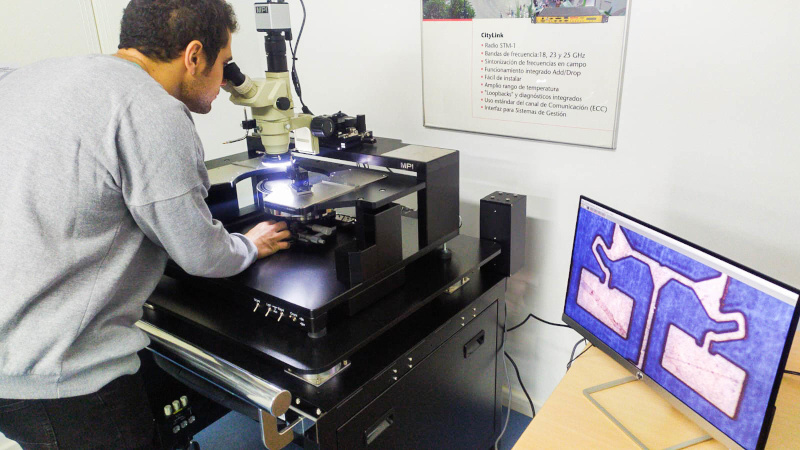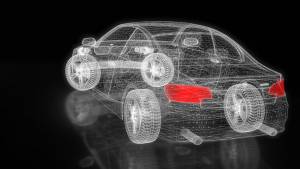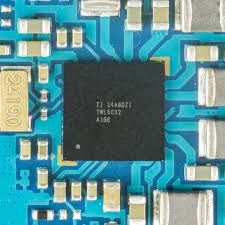OUR WP
Work Packages

Working Packages
WP 2: Development of compact models and simulation methods for hybrid photonic/electronic systems
This WP will focus on the generation of compact models of components for ADAS and safety applications for large-scale fabrication in InP foundries. It will start with a complete and detailed plan and workflow to develop new compact models of the building blocks used in InP generic integration platform following autonomous driving standards. These compact models are fundamental for the basic BBs, which will be used for quality control of the fabrication process and constitute the basis for the advanced solid-state LIDAR and FSO circuit simulations needed in ADAS. This WP will provide valuable data for the generation of new elements in the PDK associated to this fabrication process. The challenge of this task is in development the model’s formalism, defining the list of parameters which have to be fed into the model, evaluation of the model, implementing it into simulation tools, as well as adapting it for hybrid systems of photonics/electronics.

WP 3: Validation of the compact models and development of test structures
This WP will start with a complete and detailed plan and workflow for measurement and control manufacturing tasks in an integrated photonics InP foundry. It will be followed by the development of a dedicated design that will be used as a process control module. An automatized system for control and measurement activities in the manufacturing chain will be developed (providing feedback to refine the proposed model to ESR1/WP2). Statistical models to study the performance of the fabricated BBs and the development of software simulation tools to define the automation process will be applied.

WP 4: Development of a software tool for electronics/photonics simulation
In this WP a new tool for co-simulation of microelectronics and photonics devices, subsystems and circuits will be elaborated. We will develop new techniques, methods and models to generate a software tool that enhances the classical EDA tool to include photonics simulations. It will incorporate equations governing optical components directly into an electrical simulation framework, thus forming a single-engine optoelectronic simulation tool. Previously, the ability for a single software package to tightly model optical-electrical integration, thermal coupling, and various optical effects (such as interference, reflection, and multiple carrier frequencies) was non-existent.

WP 5: Development of advanced PICs for testing applications in the automotive sector and in other relevant industrial sectors
The goal of this WP is to demonstrate improved performance of more advanced PICs in which the technologies developed in WP2 and 3 are used. To develop new, more complex ready-to-use application-oriented PICs, the compact models developed in WP2 and the technology maturity of WP2 and WP3 will be validated. This next generation PICs will include not only LIDAR-oriented circuits and indoor line-of-sight communication systems, but also different devices suitable for telecom/datacom, metrology applications, aerial mapping and robotics such as: low linewidth laser, widely tuneable lasers, advanced transmitters, AMZI, gratings, AM and PM modulators.


